Blogs & News
We are focus on automotive wiring harness & connectors technology.
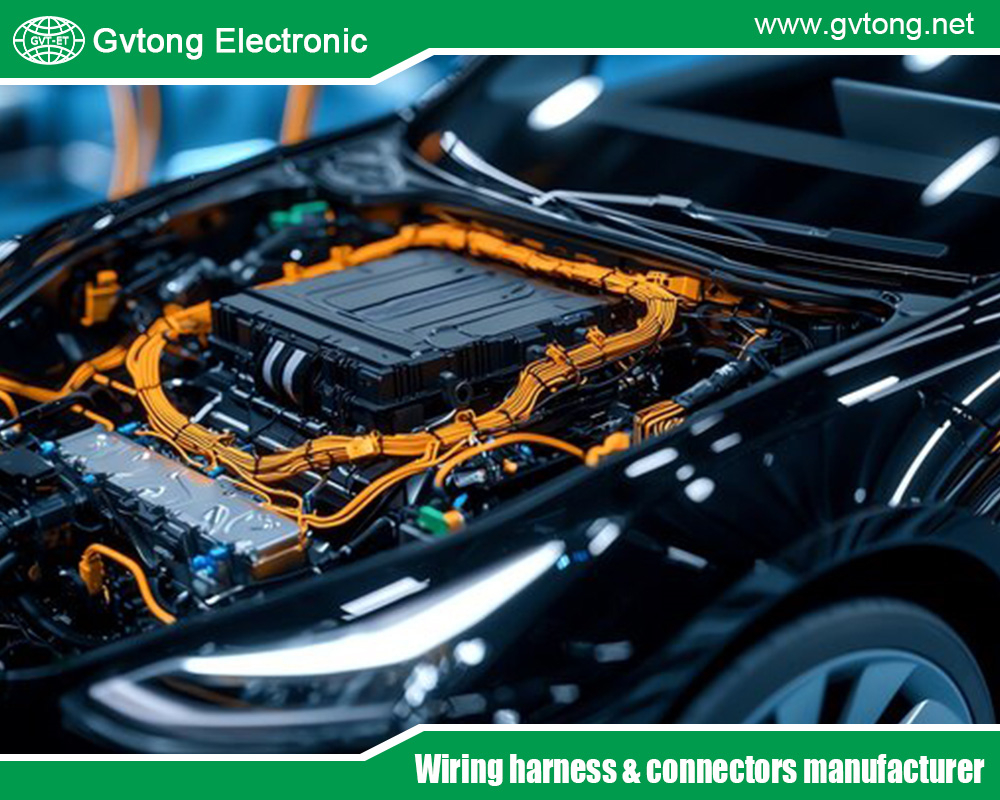
Automotive Oil-resistant Connectors: Ensuring Reliability in Harsh Environments
- Gvtong Electronic
- 3-cavity connectors manufacturer, 4 Pin Connector, 5-pin plug connector, 7 - way connector factory, ADAS sensor connectors, Anti-vibration automotive connectors, automotive High voltage connector, automotive Low voltage connector, automotive Oil-resistant Connectors, automotive Oil-resistant Connectors company, automotive Oil-resistant Connectors factory, automotive Oil-resistant Connectors manufacturer, automotive oil-resistant connectors market, automotive Oil-resistant Connectors supplier, Automotive shielded connectors, automotive Signal Connector, automotive waterproof connectors, Battery management system (BMS) connectors, Blind-mate automotive connectors, EV charging connectors, High-speed data connectors, High-temperature resistant connectors, Lightweight automotive connectors, Low-contact resistance connectors, Modular automotive connectors, Oil-resistant automotive connectors, Oil-resistant Connectors, Pre-charge/discharge connectors
- No Comments
Automotive Oil-resistant Connectors: Ensuring Reliability in Harsh Environments
Automotive connectors are the unsung heroes of a vehicle’s electrical system. These devices join wires and circuits, enabling the flow of electricity that powers critical functions like ignition, lighting, and infotainment. In a typical modern car, you might find over 1000 connectors, a testament to the growing complexity of automotive electronics. As vehicles have evolved from mechanical beasts to electronically sophisticated machines, connectors have become more essential than ever.
Historically, automotive connectors were simple, serving basic wiring needs in early cars. Today, they must meet the demands of hybrid engines, electric vehicles (EVs), and advanced driver-assistance systems (ADAS). However, not all connectors are created equal. In areas like the engine compartment or transmission, exposure to oil—whether engine oil, transmission fluid, or lubricants—poses a unique challenge. This is where oil-resistant connectors come into play, offering a robust solution to ensure uninterrupted performance in oily conditions.
In this article, we’ll examine why oil resistance matters, how these connectors are engineered, where they’re used, and what the future holds for this critical technology.
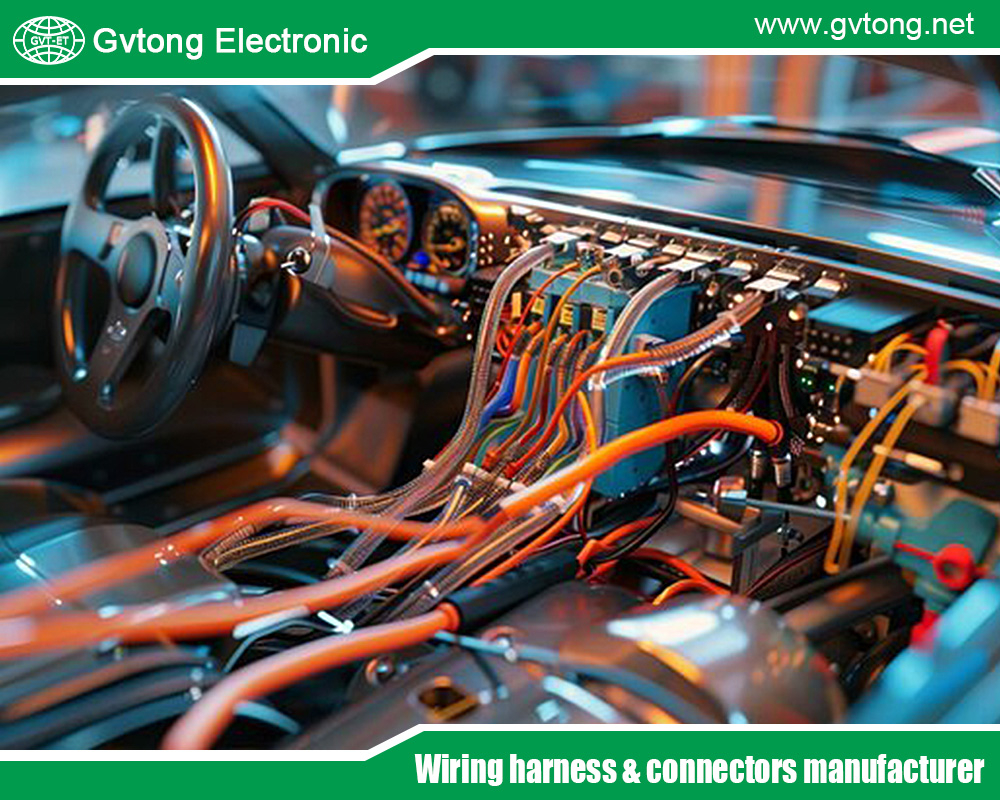
The Importance of Oil Resistance in Automotive Connectors
Oil is ubiquitous in automotive environments. Engines rely on it for lubrication, transmissions use it to reduce friction, and various components depend on it to function smoothly. While oil is a vehicle’s lifeblood, it can be a connector’s nemesis. Standard connectors, when exposed to oil, face several risks:
- Material Degradation: Oil can break down plastics and rubbers, causing connectors to crack or lose flexibility over time.
- Corrosion: If oil seeps into a connector, it can carry contaminants that corrode metal contacts, disrupting electrical flow.
- Short Circuits: Oil infiltration can bridge electrical paths, leading to shorts that damage systems or cause failures.
Imagine a dashboard warning light flickering because an oil-soaked connector has failed, or worse, an engine stalling mid-drive due to a short circuit. These scenarios highlight the stakes involved. In the engine bay, where temperatures soar and oil splashes are common, connectors must endure constant exposure without faltering. Similarly, in transmissions, connectors managing gear shifts need to resist fluid ingress to maintain precision.
The consequences of failure are significant. A single faulty connector can lead to costly repairs, safety hazards, or even vehicle downtime. Oil-resistant connectors address this by providing a barrier against oil’s destructive effects, ensuring reliability where it’s needed most.
Design and Materials of Oil-resistant Connectors
So, how do manufacturers create connectors that shrug off oil exposure? The secret lies in a combination of clever design and specialized materials.
Design Features
Oil-resistant connectors are engineered with features to block oil ingress:
- Seals and Gaskets: These components, often made of durable rubber, form a tight barrier around the connector’s entry points. Picture a rubber ring hugging the wires, preventing oil from sneaking inside.
- Housing Design: The outer shell is crafted to minimize gaps where oil could penetrate, often with interlocking parts that enhance sealing.
- Coatings: Some connectors feature protective coatings that repel oil, adding an extra layer of defense.
These design elements work together like a waterproof watch, keeping the internal contacts safe from external threats.
Materials
The materials used in oil-resistant connectors are chosen for their resilience:
- Plastics: High-performance polymers like polyamide (nylon) or polyphenylene sulfide (PPS) resist oil-induced degradation. These plastics maintain their strength and flexibility even after prolonged exposure.
- Rubbers: Silicone or fluorocarbon-based rubbers (e.g., Viton) are common for seals and gaskets. These materials withstand oil, heat, and aging without breaking down.
- Metals: Contacts are often made from corrosion-resistant alloys, such as tin-plated copper, to ensure conductivity isn’t compromised.
Manufacturing Standards
To guarantee performance, oil-resistant connectors are built to strict standards, such as those set by the International Organization for Standardization (ISO) or the Society of Automotive Engineers (SAE). Manufacturers may test connectors by submerging them in oil at high temperatures, simulating years of real-world use. This rigorous process ensures that only the toughest connectors make it to the assembly line.
By combining smart design with durable materials, these connectors stand up to the oily gauntlet thrown by automotive environments.
Applications and Benefits
Oil-resistant connectors aren’t just a niche product—they’re a necessity in key areas of a vehicle.
Applications
- Engine Compartment: Sensors, fuel injectors, and ignition systems rely on connectors that can handle oil splashes and heat. For example, a connector linking an oil pressure sensor must resist the very substance it’s monitoring.
- Transmission: Whether in manual or automatic systems, connectors control solenoids and sensors bathed in transmission fluid.
- Differential and Axles: In all-wheel-drive vehicles, connectors near lubricated gears need oil resistance to maintain performance.
Beyond these hotspots, oil-resistant connectors may also appear in areas prone to incidental exposure, like undercarriages where road grime and oil mix.
Benefits
The advantages of using oil-resistant connectors are clear:
- Reliability: By preventing oil-related failures, these connectors keep vehicles running smoothly, even in demanding conditions.
- Longevity: Their durability reduces wear and tear, extending the lifespan of electrical systems.
- Reduced Maintenance: Fewer failures mean fewer repairs, saving time and money for manufacturers and owners alike.
- Safety: Reliable connections minimize the risk of malfunctions that could endanger drivers, such as sudden power loss to critical systems.
Consider a real-world example: a car manufacturer once faced recurring dashboard issues due to oil seeping into standard connectors near the engine. Switching to oil-resistant models eliminated the problem, boosting customer satisfaction and cutting warranty costs. Such stories underscore the practical impact of this technology.
Future Trends and Innovations
As automotive technology evolves, so too will oil-resistant connectors. Several trends point to an exciting future:
Advanced Materials
Materials science is pushing boundaries. Researchers are developing polymers and elastomers with even greater oil resistance, potentially reducing costs while improving performance. Nano-coatings that repel oil at a microscopic level could also enhance connector durability.
Electric Vehicles (EVs)
The rise of EVs shifts the focus of connector design. While EVs lack traditional engines, they still use lubricants in components like gearboxes. Oil-resistant connectors will remain relevant, though their specifications may adapt to new voltage and thermal demands.
Smart Connectors
Imagine connectors that monitor their own health, alerting drivers to potential oil ingress before failure occurs. Embedded sensors could make this a reality, aligning with the broader trend of vehicle intelligence.
Sustainability
Eco-friendly materials, such as bio-based plastics or recyclable rubbers, could make oil-resistant connectors greener. Their longevity already contributes to sustainability by reducing waste, but future designs might amplify this benefit.
These innovations promise to keep oil-resistant connectors at the forefront of automotive engineering, adapting to new challenges while maintaining their core purpose.
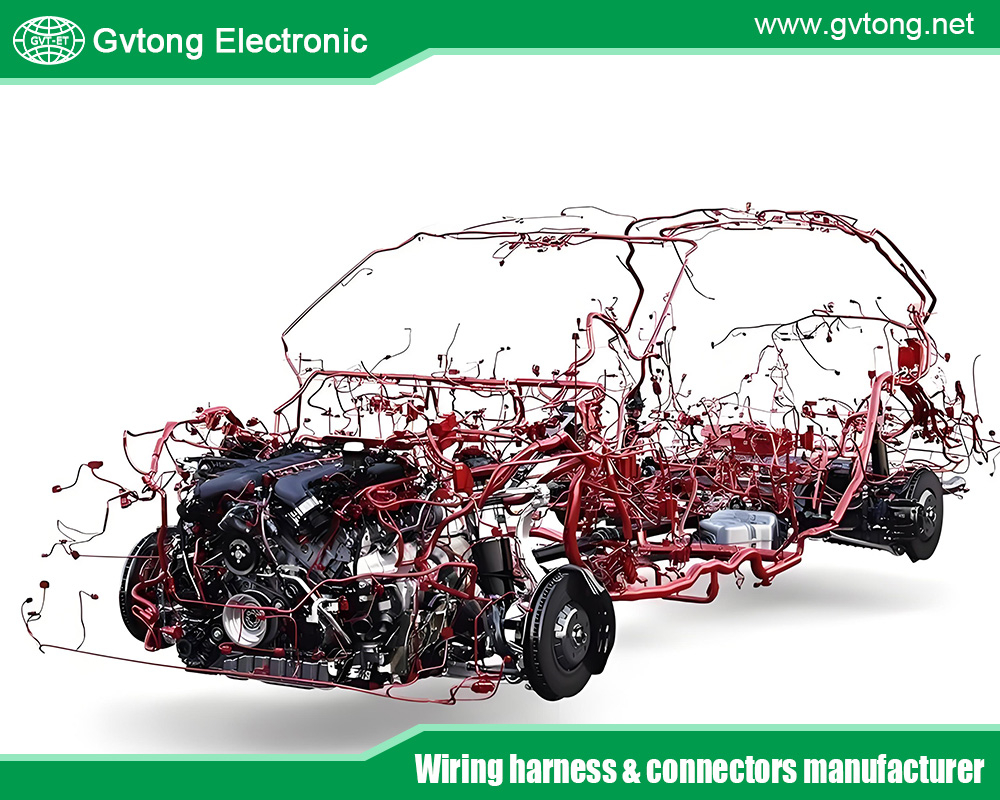
Conclusion
Automotive oil-resistant connectors are more than just a technical footnote—they’re a cornerstone of vehicle reliability. By resisting the corrosive and invasive nature of oil, these connectors ensure that critical electrical systems perform flawlessly in the harshest conditions. From their robust designs and resilient materials to their wide-ranging applications, they exemplify engineering ingenuity.
Looking ahead, the continued evolution of materials, the rise of electric vehicles, and the push for smarter, greener solutions will shape the next generation of these connectors. As vehicles grow more complex, the humble oil-resistant connector will remain a vital link, safeguarding performance and safety for years to come.
For more about the best automotive oil-resistant connectors, you can pay a visit to Gvtong at https://www.gvtong.net/ for more info.
Recent Posts
Revealing the Core Advantages of Automotive Hybrid Connectors
What is the 12 Volt Automotive Wire Connector
Recommend the Best ADAS Automotive Connector Manufacturers in China
What is an Electrical Distribution System and How to Choose It
The Top Automotive Electrical Connectors Manufacturers You Want to Know
How to Choose the Best Automotive Connector Suppliers in Vietnam
The Best High Current Connectors Automotive Manufacturer in China
Tags
Recommended Products
-
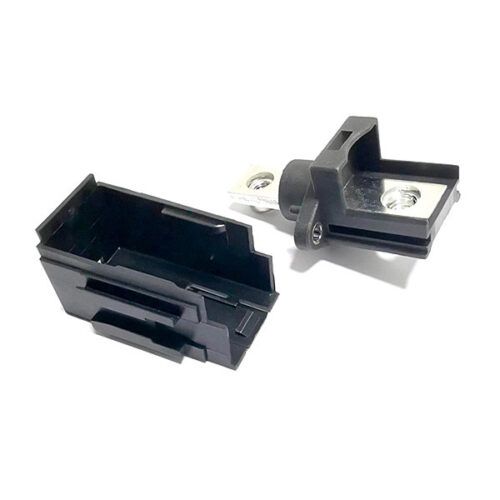
DCDC wall-through terminal – with protective cover
-

Industrial control exhaust
-
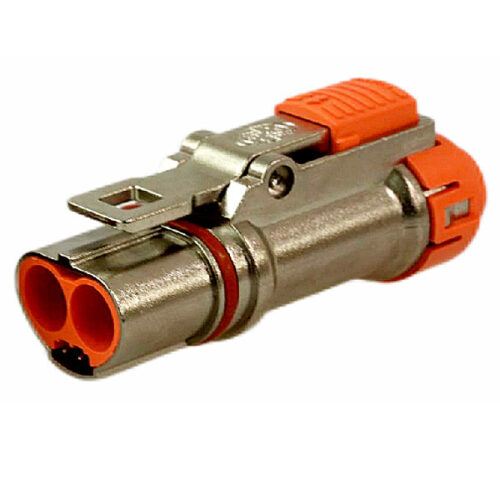
GM Series-3.6mm-2-core Metal Connector
-
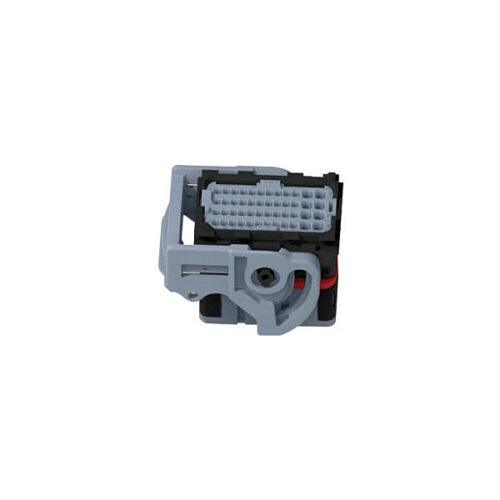
Low voltage connector-48 core socket + plug
-
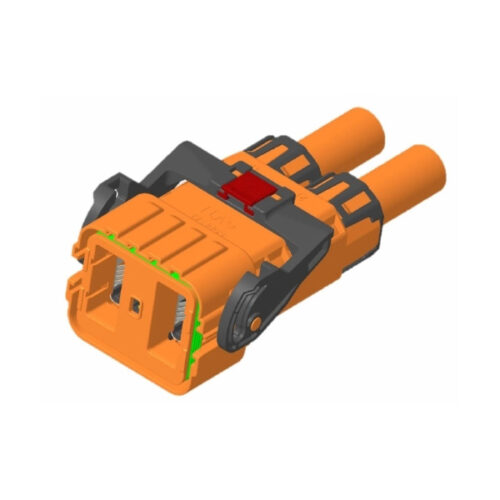
High voltage connector HV6-2PIN
-

Signal connector – waterproof, three-row, 14-pin
-
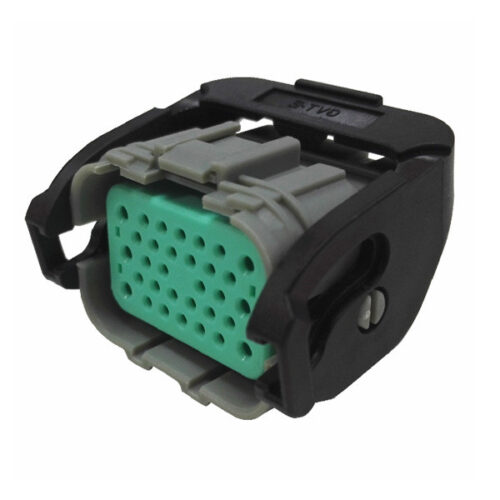
GE Series-32-core rectangular connector
-

GH Series-DCDC Through-the-Wall Terminal B
